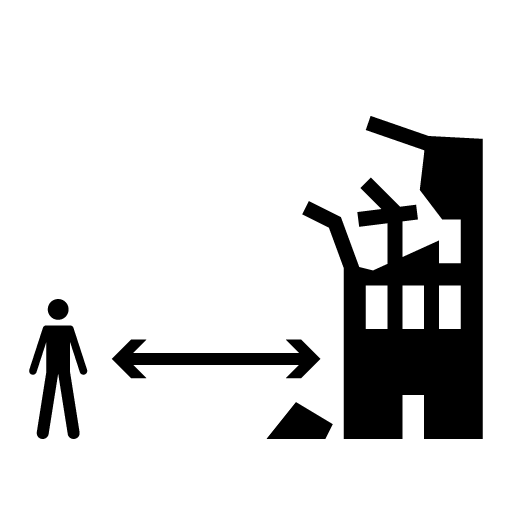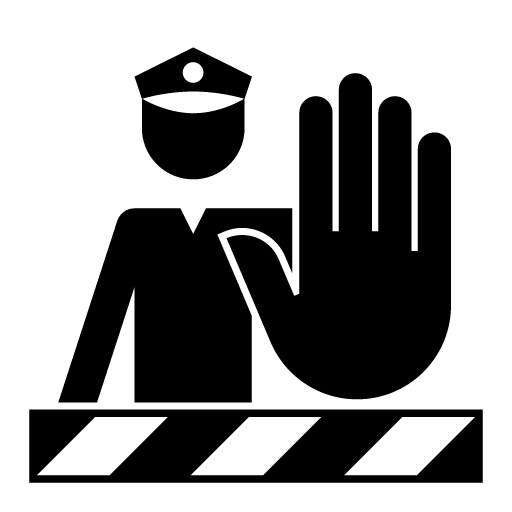Service Navigation
Search
New, redeveloped, and converted buildings
Earthquake-resistant building design offers the best protection against the consequences of an earthquake. The primary goal of this type of design is to prevent the collapse of a building and thereby avoid fatalities and injuries.
Taking out earthquake insurance is another option for reducing your personal (financial) risk.
Sources of danger inside buildings
Make sure that objects that could fall down or topple over on account of the shaking, and thereby cause injuries, are secured. This includes, for example, ceiling linings, shelves and their contents, televisions and stereos, and light fittings.
Be prepared (for earthquakes and other emergencies)
Think about what to do during an earthquake (see “What to do during an earthquake”).
Know where the main valves and switches for gas, water, and electricity are and how to turn them off.
Keep a supply of emergency provisions (see list of emergency provisions from the FONES).
Put together a first aid box.
Copy your important documents such as your passport or ID and have them within reach in case of an incident.
Have a torch, battery-powered radio, and cash (ATMs no longer function) within reach in case of power cuts.
General recommendations during an earthquake
Find out what you should / should not do during an earthquake – inside buildings, outside, and while traveling.
Inside a building
Take cover (e. g. under a sturdy table).
Beware of falling objects (e. g. shelves, heavy furniture, televisions, stereos and light fittings) and keep away from windows and glass walls, which may shatter.
Only leave the building when the surrounding area is safe (when there are no more falling objects such as roof tiles, etc.).
Outside
Stay outside, do not seek shelter in a building.
Keep away from buildings, bridges, electricity pylons, large trees, and other things that could collapse or fall.
Keep away from the shores of bodies of water after strong shaking.
In a vehicle
Stop the vehicle and do not leave it during the quake.
Do not stop on a bridge, at an underpass, or in a tunnel, and keep away from buildings at the side of the road (danger of collapse).
General recommendations after an earthquake
Keep calm, help others, be ready for aftershocks, check your building for damage, and seek information from television or radio.
Inside the damage zone
Be ready for aftershocks.
Keep calm and help others without putting yourself in danger.
Check building for damage. Leave the building in the case of severe damage (the building may be at risk of collapsing and will not withstand further quakes).
Exercise caution when leaving the building (pieces of masonry, roof beams, tiles, and the like may still fall off).
Check the building and surrounding area for potential fires (when possible, extinguish small fires and / or alert the fire service).
Check water and gas pipes and electrical wiring for damage (turn off supply if suspected damage is found).
Seek information from television, radio or internet.
Follow the instructions of emergency service personnel.
Only telephone in an emergency (phone lines should be kept free for genuine emergencies).
No individual travel by car (roads should be kept free for emergency services).
Power cuts are likely.
Outside the damage zone
Be ready for aftershocks.
Seek information from television, radio or internet.
Avoid entering the damage zone.
Only telephone in an emergency (the network will be overloaded and should only be used in genuine emergencies).
















